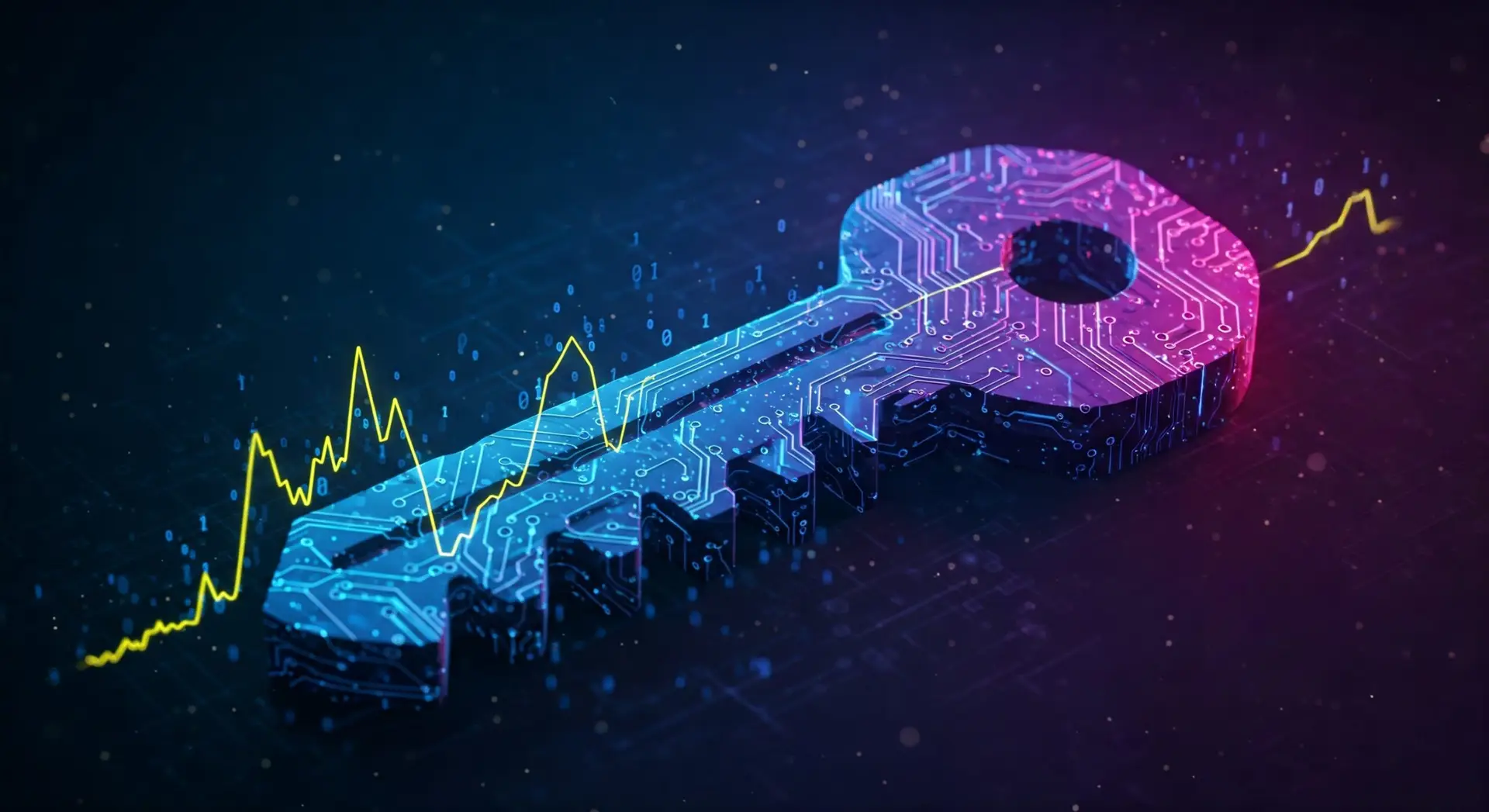Modern vehicles are equipped with advanced systems so automotive safety and cybersecurity have become bedfellows. These include autonomous driving features, infotainment systems, and over-the-air updates. Such systems enhance user experience but also increase vulnerabilities.
Hackers target vehicles to exploit weaknesses. This can lead to unauthorized control, data theft, or even endangering passengers. The potential threats underscore the importance of robust automotive cybersecurity.
Key Cybersecurity Threats in Modern Vehicles
Understanding the threats is the first step toward addressing them. Below are some significant risks:
- Unauthorized Access to Vehicle Systems Cybercriminals can exploit weak points to access critical systems. This includes brakes, steering, and acceleration controls.
- Data Breaches Connected vehicles collect vast amounts of user data. Hackers target this information, leading to privacy violations.
- Ransomware Attacks Malicious actors may lock vehicle systems, demanding payment to restore functionality.
These challenges highlight the pressing need for advanced cybersecurity measures.
Automotive Safety Meets Cybersecurity
Safety and cybersecurity are interconnected. Compromised cybersecurity can directly affect vehicle safety. Manufacturers must prioritize integrating both aspects seamlessly.
For example, robust cybersecurity ensures that advanced driver-assistance systems (ADAS) function reliably. Without proper security, these systems can malfunction due to external interference.
Regulations and Standards in Automotive Cybersecurity
Governments and industry bodies are developing regulations to address cybersecurity. Standards such as ISO/SAE 21434 set guidelines for automotive cybersecurity.
Compliance with these standards helps manufacturers identify risks and implement protective measures. Following these guidelines boosts consumer confidence and ensures safer roads.
To learn more about ISO/SAE 21434, visit ISO’s official website.
The Role of Manufacturers in Enhancing Cybersecurity
Manufacturers play a pivotal role in ensuring vehicle security. Here’s how they can contribute:
- Implement Secure Design Practices Integrating security during the design phase prevents vulnerabilities. This proactive approach minimizes risks.
- Regular Software Updates Over-the-air updates ensure that vehicles stay protected against emerging threats. This is crucial in combating evolving cyberattacks.
- Collaboration with Experts Partnering with cybersecurity firms helps manufacturers stay ahead of threats. Expert insights lead to robust solutions.
Best Practices for Vehicle Owners
While manufacturers are responsible for cybersecurity, vehicle owners can take precautions too. Below are some tips:
- Update Software Regularly Ensure your vehicle’s software is up-to-date. Updates often contain critical security patches.
- Use Strong Passwords For connected features, create unique and strong passwords. Avoid using default credentials.
- Be Cautious with Third-Party Apps Only install trusted applications on your vehicle’s infotainment system. Unverified apps may carry malware.
The Future of Automotive Cybersecurity
As technology evolves, so do cyber threats. The future of automotive cybersecurity lies in continuous innovation and collaboration.
Emerging trends such as blockchain technology offer promising solutions. Blockchain ensures secure communication between vehicle systems, reducing vulnerabilities.
Artificial intelligence (AI) is another game-changer. AI-driven systems can detect and respond to threats in real time. This dynamic approach enhances overall security.
Collaboration Between Stakeholders
Addressing automotive cybersecurity requires collaboration. Manufacturers, policymakers, and cybersecurity experts must work together.
Policymakers can enforce stricter regulations to ensure compliance. Cybersecurity experts can assist in identifying and mitigating threats. Such collective efforts ensure a safer driving experience.
Educating Consumers About Cybersecurity
Consumers play a significant role in maintaining cybersecurity. Awareness programs can educate them about potential risks and precautions.
For instance, workshops on cybersecurity for vehicle owners can highlight best practices. Educated consumers are less likely to fall victim to cyberattacks.
A Safer Automotive Ecosystem
Creating a secure automotive ecosystem is a shared responsibility. By combining technology, regulations, and education, we can achieve this goal.
For further reading on automotive cybersecurity trends, explore TechCrunch’s automotive section.
Automotive safety and cybersecurity are critical in the digital age. Protecting vehicles against cyber threats ensures safer roads and a better driving experience.
Manufacturers, policymakers, and consumers must work together. With collective efforts, the automotive industry can navigate the challenges of cybersecurity effectively.
For additional insights, visit NHTSA’s cybersecurity page.




